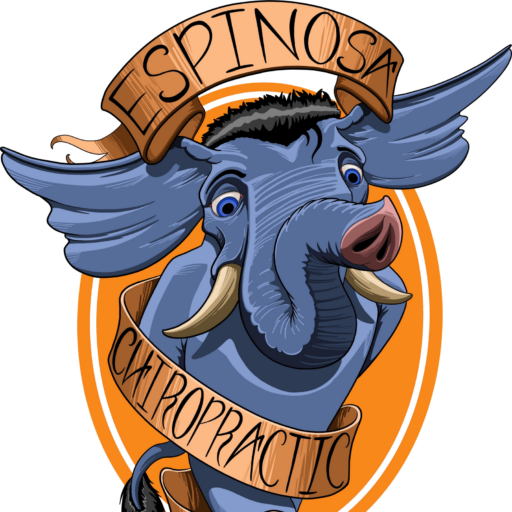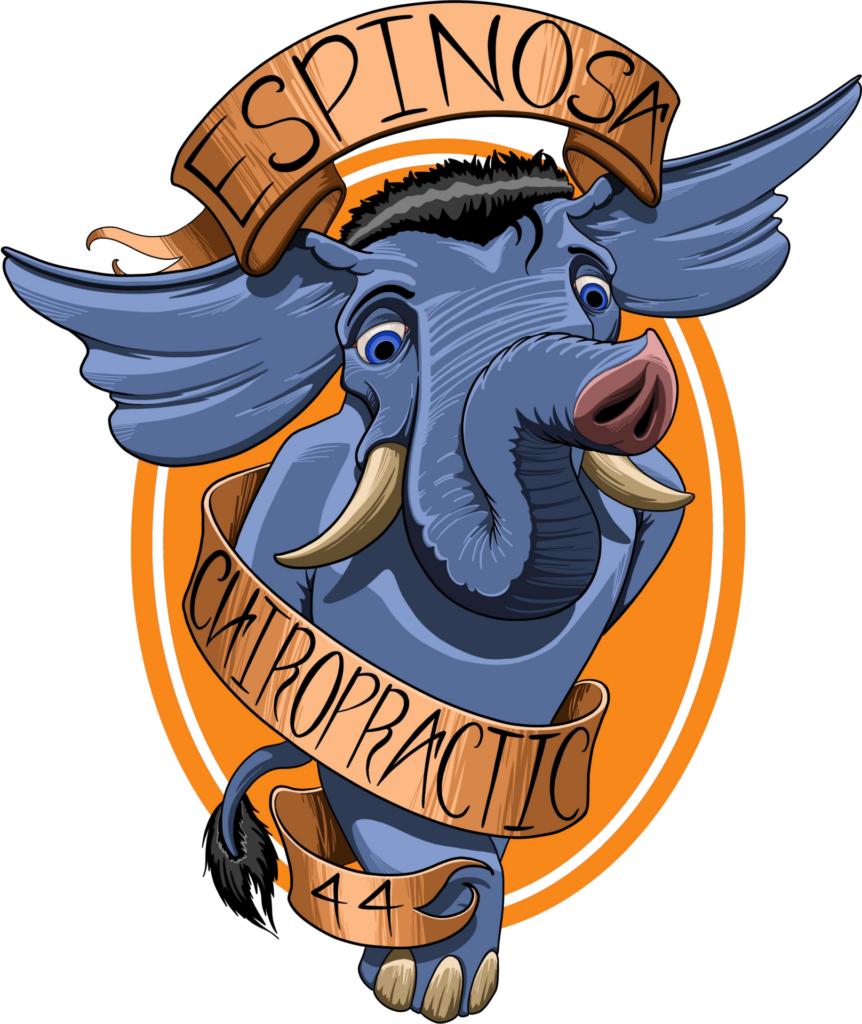Blog
Testosterone Deficiency and Osteoporosis: What You Need to Know

Osteoporosis is linked to diminishing testosterone levels
While the words postmenopause and osteoporosis are frequently linked, less so are the words testosterone and osteoporosis. But the number 2 million can’t lie: that is an estimate of men thought to be living with osteoporosis in the United States alone. And while lifestyle factors always play their part, osteoporosis is also onset by low/diminishing testosterone and estrogen levels in men. As men age, their hormone production rates naturally decrease, including the critical estradiol and testosterone. This contributes to a thinning of the spongy bone material which means less bone density and the classic symptoms of osteoporosis including:
- Back pain
- Bones vulnerable to fracture
- Loss of height and stooped posture
The Unstable Spine is the Norm

The unstable spine sets you up for a world full of problems
Anything great begins with a solid foundation. Whether it is something as abstract as an idea or as tangible as a skyscraper, everything builds from the bottom. The human body is no different: your spine is the foundation of your body. The spine has a say in every single movement you make; likewise, it’s health is influenced by every single move you make. Not surprisingly, spinal health begins at the foundation of the spine: the sacrum and the sacroiliac joints which connect spine and pelvis. Misalignment of the vertebrae at the base of the spine, and dysfunction in the sacroiliac joints contributes to an unstable spine.
Your Chronic Pain is Unique

Chiropractic is a healing science
Chronic pain is one of the least tangible and least understood parts of modern medicine; for every person who finds lasting pain relief with a given treatment, there are others with the same diagnosis who will not. This is because every body is different and thus, every body is attempting to heal itself differently. Then we add in the treatments of modern medicine: drugs, surgery, or physical therapy; and we make lifestyle adjustments including diet, exercise. But this traditional method for treating pain simply does not work for everyone! Many people are left frustrated at the waste of money, time and energy they have spent on treatments that have done little to nothing for improving their pain. Alternative medicine exists because of the people who seek alternatives- the people who are willing to try something different because they know that tradition hasn’t worked for them.
Thoughts on Back Pain and White Collar Work

Could white collar work actually take the title for worst career related to back pain?
Although the idea of working at a desk has been around for less time than say manual labor, nursing or construction work, it is quickly earning its title as being horrible for the spine. As specialists in the musculoskeletal form, we can tell you that the human body simply wasn’t meant to sit at a desk for any extended period of time. Unfortunately, more people are facing the reality of earning their living at a desk. If this is the case you face, make sure you are taking care of your spine first and foremost; after all, it is one of your greatest assets on the job!
Thoughts on Back Pain and Nursing

Nursing is the profession with the most back pain
Research consistently shows that nursing comes out on top in the list of professions with the highest rate of back-pain related complaints, even ahead of more obvious contenders such as construction work, or auto repair. What is it about this job that is so taxing on the spine? Most studies have shown that it has to do with lifting, one of the most aggravating motions for the human spine. Furthermore, nurses do a fair amount of bending, another motion that puts a disproportionate amount of pressure on intravertebral discs and threatens spinal degradation. What can we do to prevent a nurse’s job from hurting her spine?
Thoughts on Back Pain and Construction Work

Construction work is among the professions with the highest incidence of back-pain
It is not hard to see why. Causes for back pain in the construction industry are mainly related to heavy lifting but also include:
- Vibration and shock absorption involved in the use of heavy equipment
- Twisting and lifting
- Improper body mechanics while performing a variety of lifting movements
Most of these activities result in strains of the supportive soft tissue in the back which causes inflammation, muscle spasm and severe pain. Construction workers should always take steps to prevent back pain and consult with a back-care specialist when pain strikes.
Your Spine in Detail: Spinal Motion Segments

What are spinal motion segments?
Also known as functional spinal units, spinal motion segments are the workhorses of your spine. They comprise not the smallest individual components of the spine, but the smallest combination of components that contributes to overall function. A spinal motion segment is made up of:
- Two adjacent vertebrae
- Intervertebral disc
- Two facet joints which connect the vertebrae
- Supportive ligaments and other soft tissues
The first three are known as the articulation triad, a group whose combined function allows for flexibility and movement of the spine, while also stabilizing it and preventing damage from excessive movement. For example, the facet joints, encapsulated in a layer of hyaline cartilage, allow for reasonable movement of the spine while also protecting it from hypermobility, or the over-flexibility between moving parts of the spine. The discs provide for shock absorption and combat the daily compression that results from poor posture, mini-vibrations of walking and the downward pressure of gravity. And all of this is happening without you even noticing.
Protecting your spinal motion segment with chiropractic
Chiropractic is about optimizing the spine at every level of function. Injuries that we treat which specifically deal with spinal motion segments include:
- Herniated disc
- Degenerative disc disease
- Pinched nerves
- Facet Joint Syndrome
Treating one component of the spinal motion segment necessarily means improving the function of the others. Whether you are suffering from damage to your discs, facet joints or the soft tissues that support them, chiropractic has a variety of modalities to help you improve function and effect faster, more effective healing. Those modalities include:
- Chiropractic adjustment to restore spinal alignment and improve range of motion
- Decompression to reduce intradiscal pressure, and increase space between the vertebrae to allow for rehydration and healing.
- Hands-on modalities including trigger point therapy and massage that decrease swelling and inflammation.
If you are interested in finding out how the function of your spinal motion segments could be contributing to your back pain, give our office a call to schedule an appointment today.
Choosing your Lifestyle

Chiropractic is a lifestyle as much as it is a treatment
It is a lifestyle that choosing wellness over suffering and offers you a way of controlling your health, of strengthening your body against the incursions of life rather than letting the external factors of life make the decisions. This is reflected in the fact that regular patients of chiropractic spend less on pharmaceutical drugs and surgery and spend less of their lives in the hospital. It rests around the idea that your body is the most powerful force in keeping itself healthy- sometimes it just needs a helping hand. Supporting a lifestyle that puts your body in control of its own healing is the basis of everything we do at Espinosa Family Chiropractic.
The chiropractic lifestyle helps you get to know your body better
Education and awareness are two of the most important factors when it comes to keeping health in your hands. The more you understand your body and the forces that injure and degrade it, the more you can prevent those forces from taking too great a toll on your health. As chiropractors, we focus on the spine as our gateway to overall health: because it is the conduit of the central nervous system, any dysfunction here will have interminable effects on the rest of the body. That is why we see spinal adjustment as equally important to diet, rest, and exercise. If you are interested in finding out more about how chiropractic can empower and inspire you, give our office a call to schedule an appointment today.
Why does Spinal Decompression Feel so Good?

Decompression makes sense
Whether you realize it or not, your spine is constantly being compressed- by gravity no less! And during the course of human life, we add in a whole load of other compressive forces that conspire to throw our spines out of balance and degrade the natural structures we were born with. Compression is a signal contributor to degenerative disc disease, herniated discs and nerve conditions such as pinched nerves and sciatica. For people suffering the pain and discomfort of these conditions, it makes sense to try and reverse the harmful forces and the best way we know how to do that is through decompression.
Get Smart about Stress

Stress and the nervous system
The brain is engaged in a constant control and feedback loop with the body, even when you perceive yourself to be completely idle, even when you are sleeping. It does this by communicating through the nervous system, which can be divided into sub categories including the central, (brain and spinal cord), and the peripheral (autonomic and somatic). Stress enters into this system most clearly through a subdivision of the autonomic nervous system known as the sympathetic nervous system.
